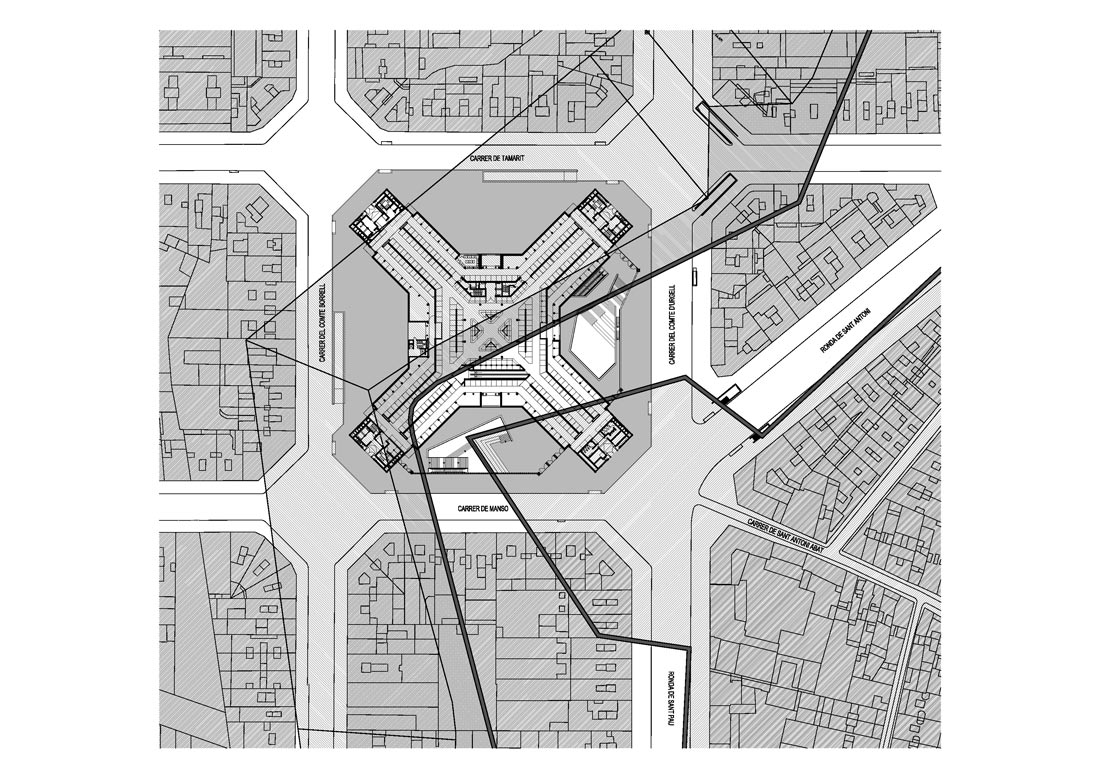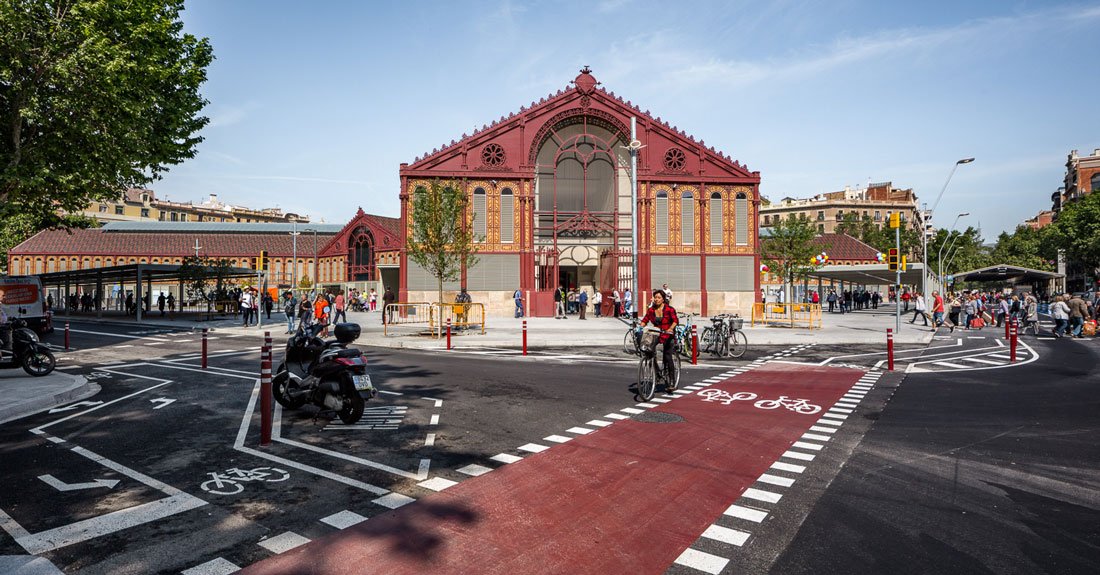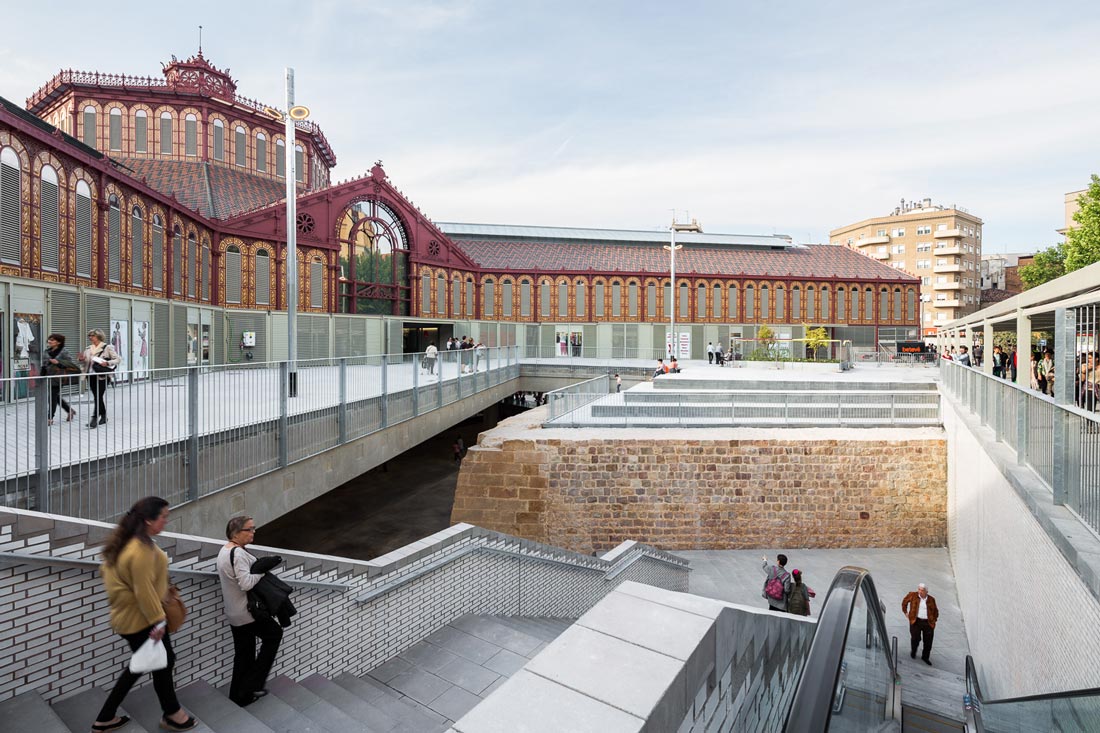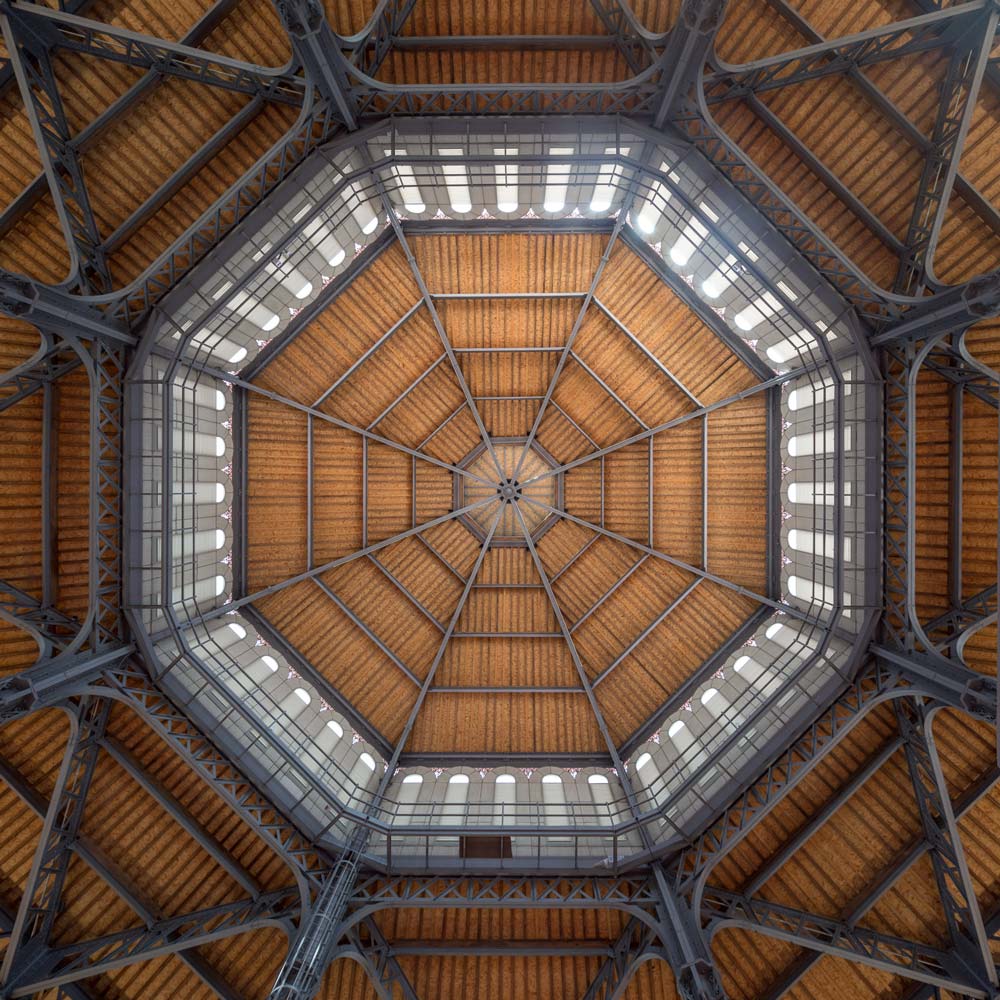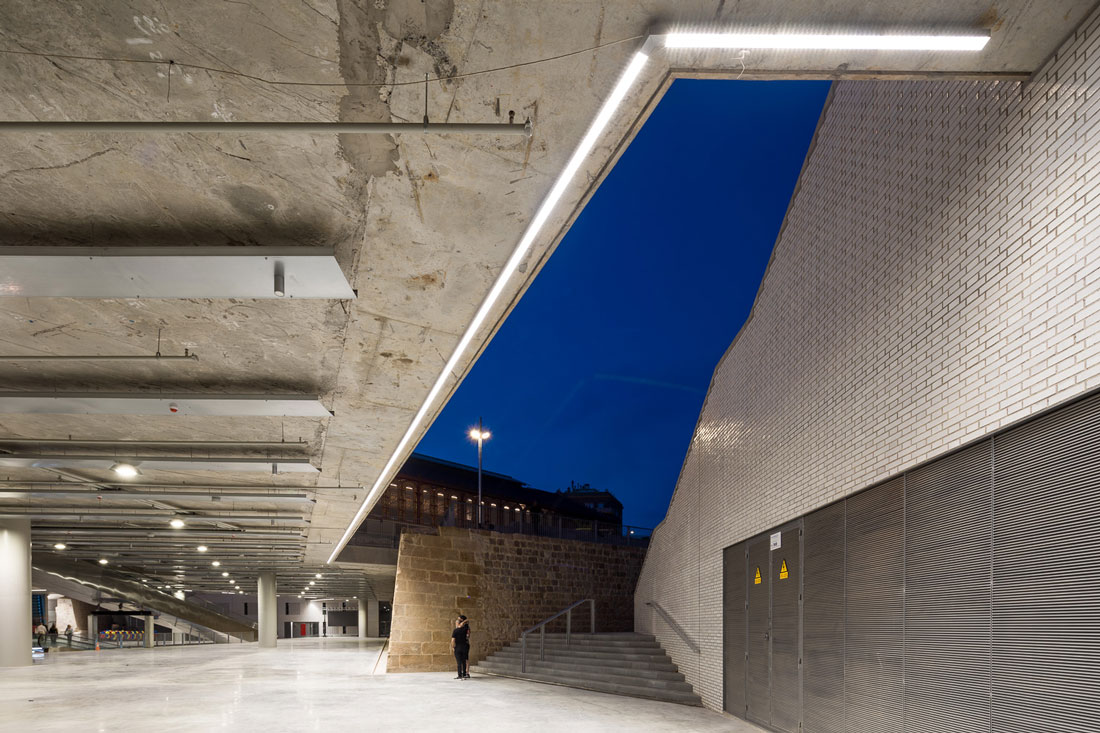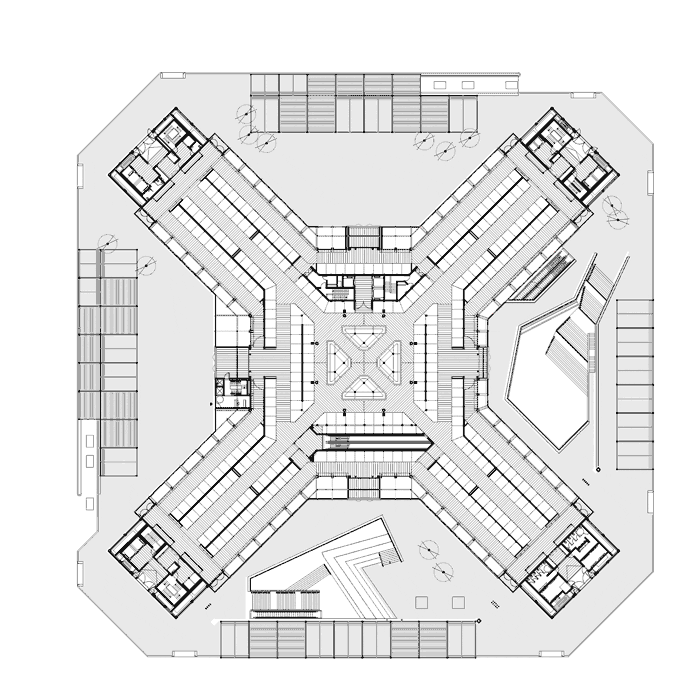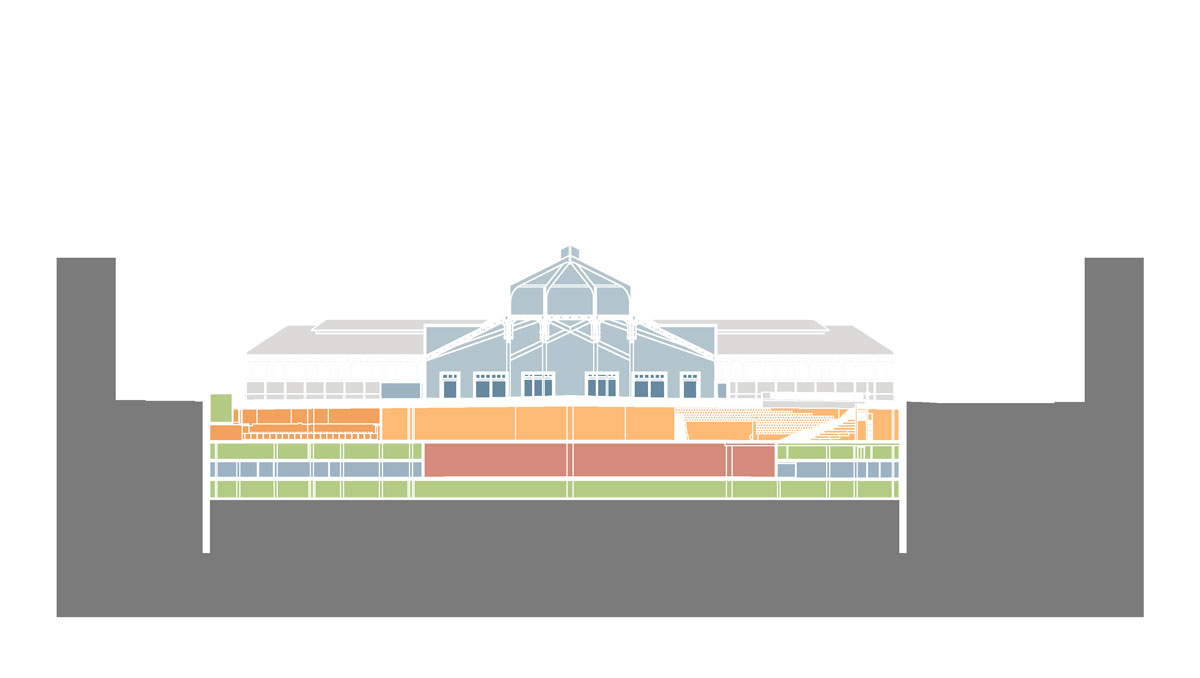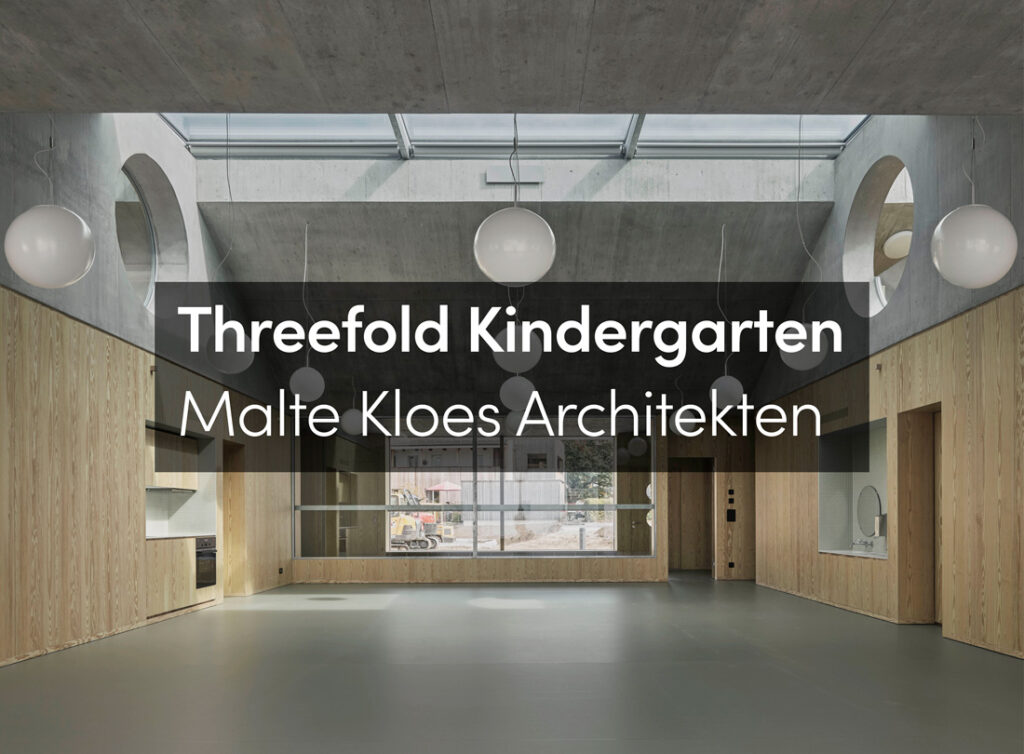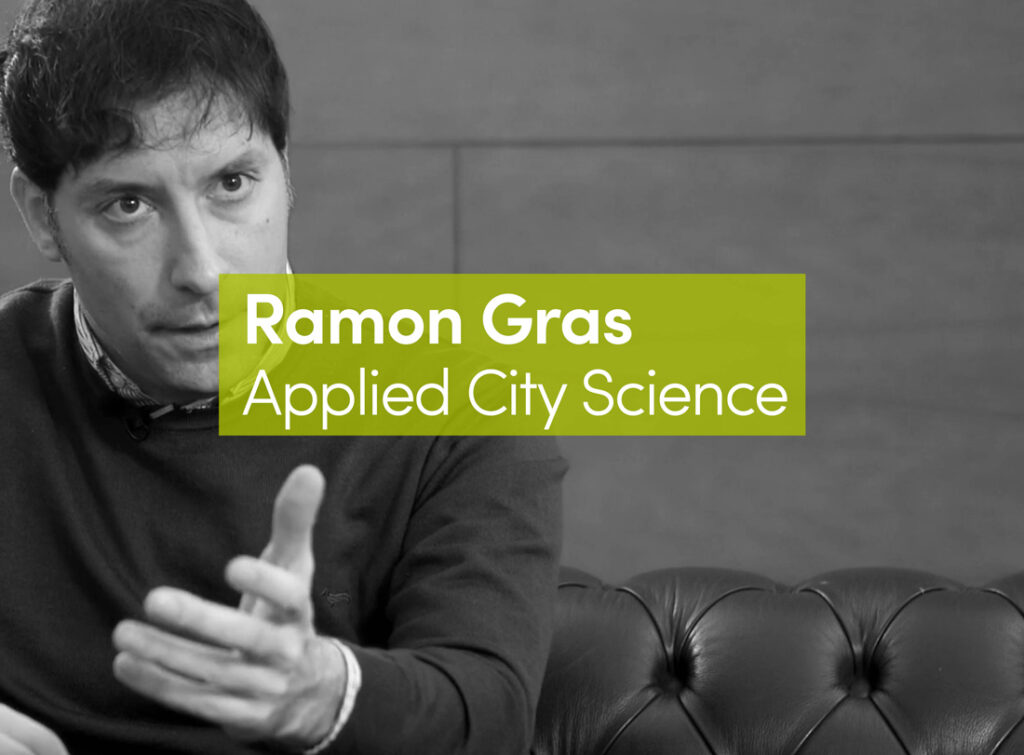The Mercat de Sant Antoni building, designed by the architect Antoni Rovira i Trias and the engineer Josep M. Cornet i Mas in 1882, is one of the most iconic buildings in Barcelona’s Eixample district. It occupies an entire block and is shaped like a Greek cross, its geometry and dimensions typical of Eixample alignments. The central octagon, crowned with a large dome, is typical of an intersection from the Cerdà Plan.
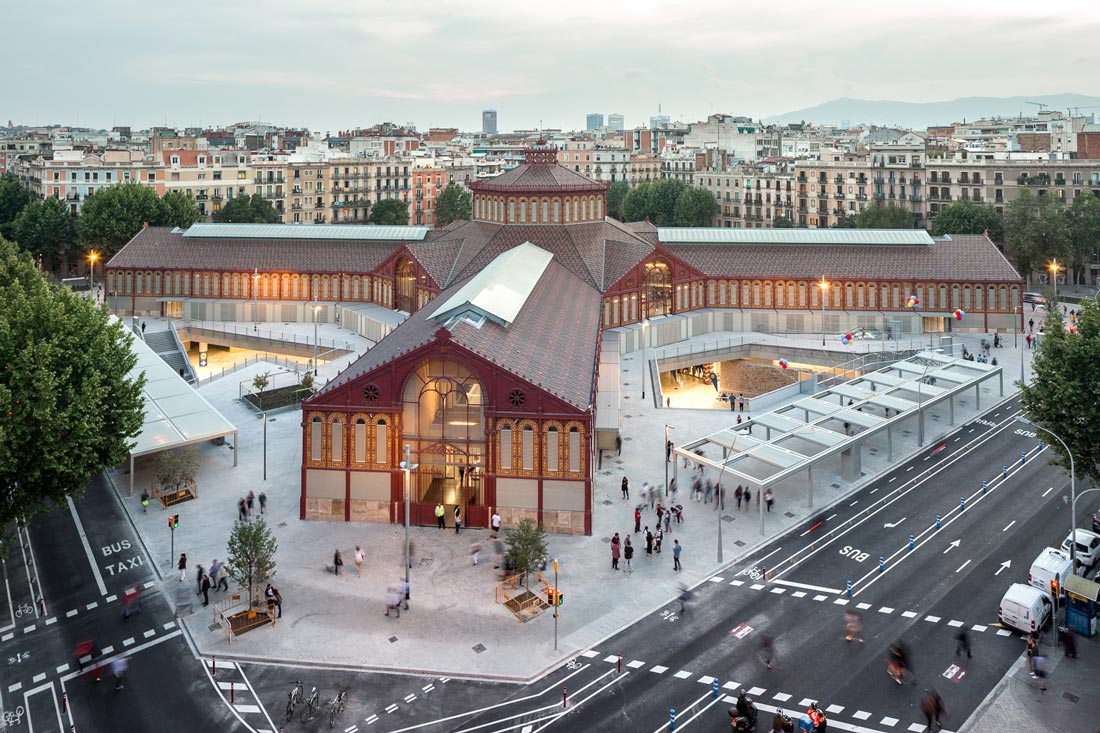
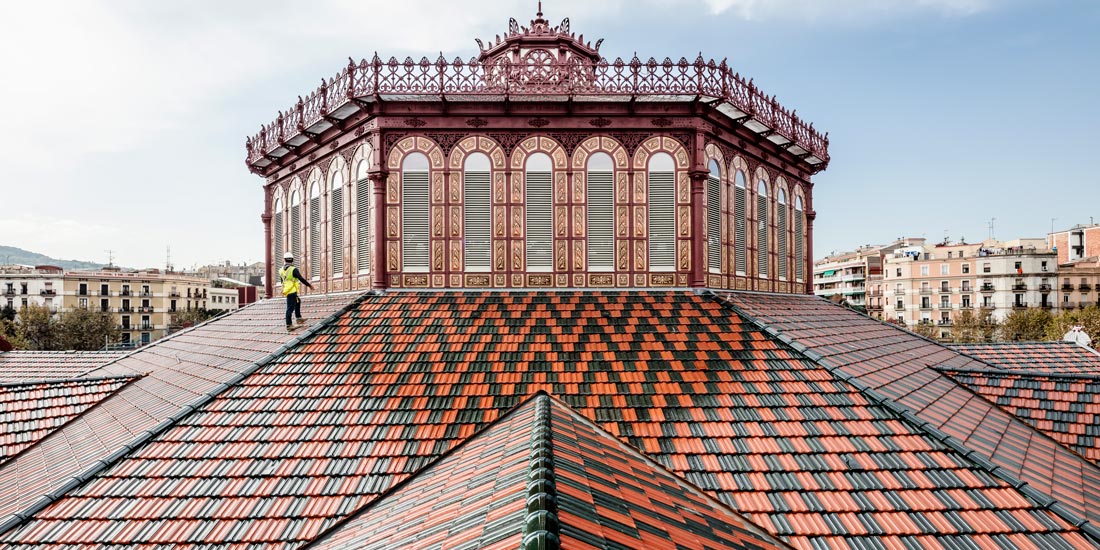
The market’s strategic position with respect to Ciutat Vella and the ring formed by the Ronda has placed it at the centre of a busy shopping hub that transcends the boundaries of the building itself and spills over into the surrounding neighbourhood. Over the years, concentrating trade into this one district has led to the emergence of different constructions around the market to house temporary street market stalls. These stalls – used seasonally and on Sundays – are without a doubt worth preserving and promoting, given that they not only complement the services of the market selling fresh produce, but they also manage to turn the entire complex into one of Barcelona’s most iconic landmarks.
The new layout has reduced the number of stalls and streamlined the space (aisles with a width of 3 metres and stalls with a depth of 2.5 metres), allowing the surplus space in the wings to be put to other uses after enlarging the central aisle. The small new constructions that will replace the storerooms currently attached to the perimeter wall of the building will allow for the creation of a passage.
The newly recovered glazed ceramic tile roof and the central dome clad in terracotta pieces blend with the rest of the market’s structural and construction elements. The height of the basement was extended to create a larger clearance height in the loading and unloading area, and one of the basements is now devoted entirely to new commercial uses. The other basements are of a single height in the central (loading and unloading) area and there are two mezzanine floors for storage and parking.
The old bastion was preserved in its entirety, as was most of the counterscarp, so that the trench wall of the market could be understood and enjoyed by the future generations.